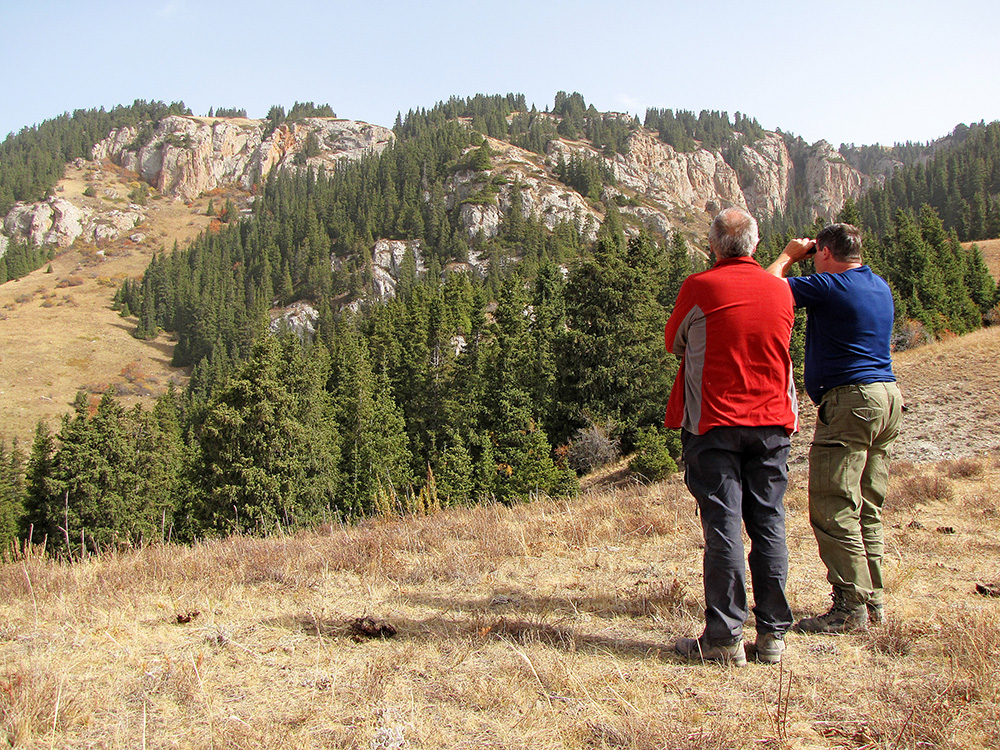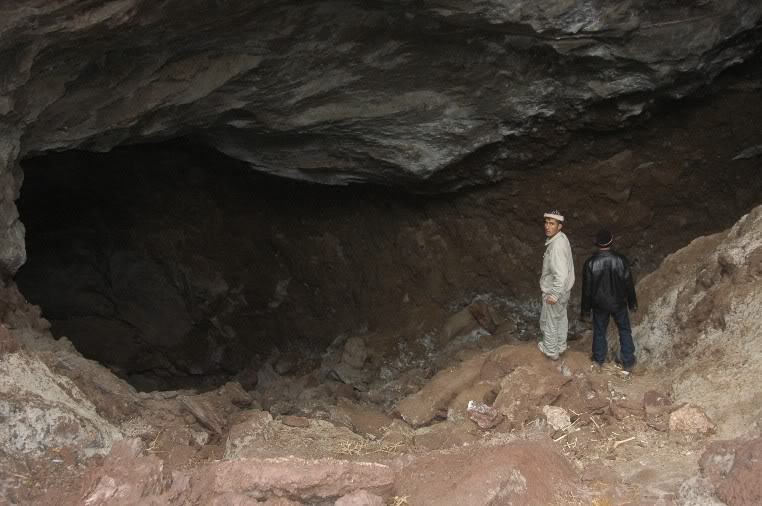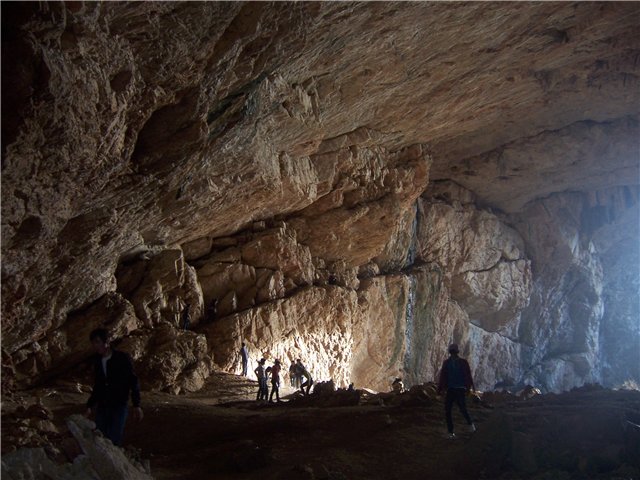Dr. Birgit Plessen
Palaeoclimate, Environment and Climate Change
Central Asia, extending between the Caucasus and the eastern Tibetan Plateau, with a semiarid/arid belt with water shortage to the west and a glaciered mountainous area with very unstable surface conditions to the east, holds a key position for understanding geodynamic and climate processes. Given the climatic and topographic features, Central Asia provides a natural laboratory to monitor risk scenarios related to water excess and shortage, and high seismicity. This initiative aims to investigate cause-effect-relations of landscape evolution at different spatial and temporal scales using ground and space based monitoring systems…..
Changes in interannual rainfall patterns in Central Asia have serious direct impacts on water resources with enormous consequences in supply of drinking water and electrical power. Especially the region around the Fergana basin is a highly vulnerable region for climate hazards (floods and droughts)….
Publication:
- – Precipitation evolution of Central Asia during the last 5000 years
- – Winter precipitation changes during the Medieval Climate Anomaly and the Little Ice Age in arid Central Asia





